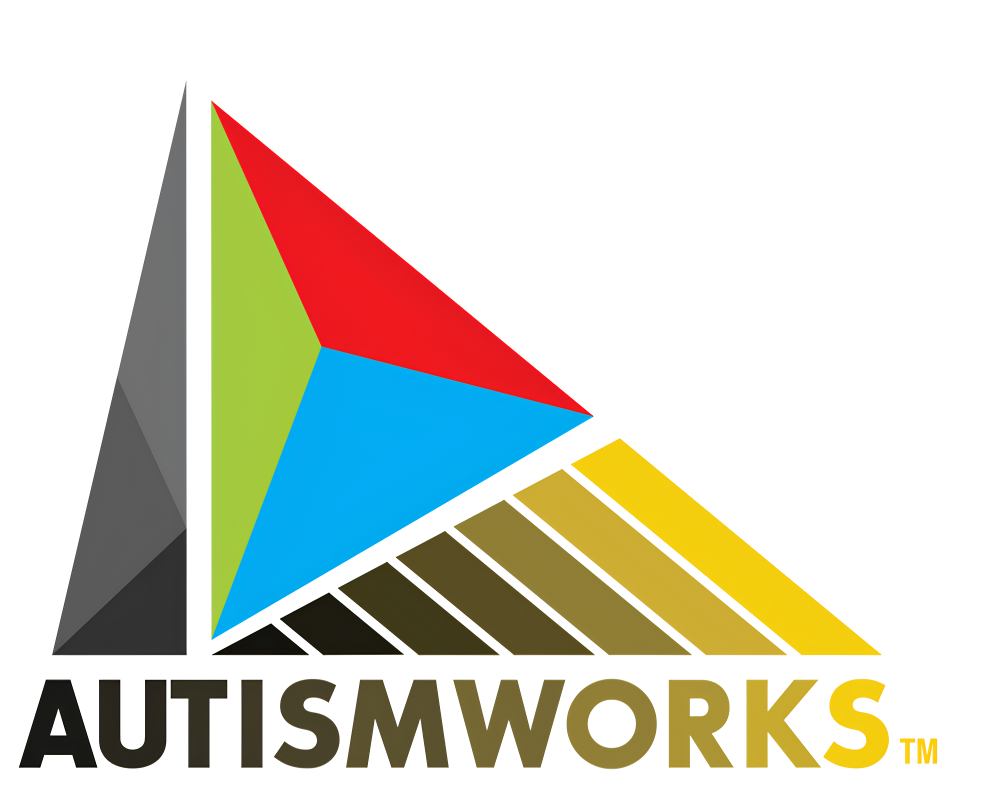Navigating Public Transport: A Guide for Travelers
May 14, 2024
Public transportation can be a challenging environment for individuals with autism, filled with unpredictable noises, crowds, and changes. However, mastering these public spaces is crucial for fostering independence and confidence. This blog post provides practical strategies for people with autism and their caregivers to manage public transportation and adapt to new environments effectively. By demystifying these experiences, we aim to empower autistic individuals to navigate public spaces with greater ease and comfort.
Understanding the Challenges
Public transportation can overwhelm sensory processing due to its inherent unpredictability and sensory load. Loud announcements, varying passenger volumes, and abrupt motion changes are just a few of the stressors. Recognizing these challenges is the first step in preparing for and managing them.
Preparation is Key
Preparation can significantly reduce anxiety related to public transportation. This includes visiting transit stations during less busy hours to familiarize oneself with the layout and the process of buying tickets or loading cards. Using maps and apps that provide real-time transit updates can also help manage expectations and reduce uncertainty.
Sensory Management Strategies
Carrying noise-canceling headphones, sunglasses, or sensory toys can help manage sensory overload. Choosing seats in less crowded or quieter areas of the bus or train, when possible, can also provide a more controlled environment.
Practice Makes Perfect
Gradual exposure is often beneficial. Starting with shorter trips during off-peak hours can help build tolerance and familiarity with the environment. Over time, gradually increasing the complexity and duration of trips can develop resilience and adaptability in public transportation settings.
Support Networks and Tools
Traveling with a companion who understands the traveler's needs can provide reassurance and assistance. Additionally, carrying an identification card that explains one's condition and needs can facilitate assistance from transit staff or fellow passengers in case of distress.
Navigating public transportation requires courage and practice, but with the right strategies and supports, it can become a manageable part of daily life for people with autism. By understanding the specific challenges, preparing adequately, employing sensory management techniques, and practicing gradually, autistic travelers can gain the confidence and skills needed to handle new environments more effectively. Let's embrace these journeys as opportunities for growth and learning, paving the way for greater independence and inclusion.
Stay connected with news and updates!
Join our mailing list to receive the latest news and updates from our team.
Don't worry, your information will not be shared.
We hate SPAM. We will never sell your information, for any reason.


